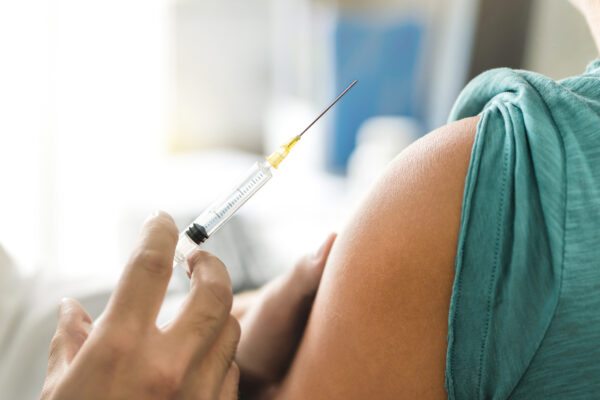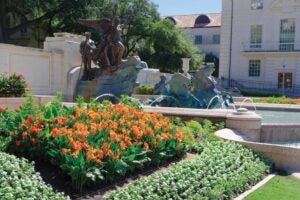We’ve got the first miles under our belt in the long drive to achieving herd immunity. But we need to reboot with a vaccine 2.0 distribution plan to get us on a better path.
The coronavirus now poses the highest risk ever. Although there have been promising signs in recent weeks, with the number of COVID-19 cases in Dallas down 22%, Dallas ICUs are in crisis. A national scorecard puts Dallas at “extremely high risk,” the top of the scale. Deaths are on the increase, and new and more dangerous variants of the virus are circulating in the U.S. When it comes to administering the vaccine, Texas has a middling record so far, ranked 32nd in the country, behind Arkansas and Oklahoma.
We need to move fast to catch up and get ahead of the next wave. And when we do so, we need to pay careful attention to the Black and Hispanic communities, which have been hit especially hard here in Texas. Blacks account for 12% of the population but 19% of the cases. Hispanics are 39% of the population but 44% of the cases — and nearly half of the deaths.
We need a closer partnership between the federal government, the state government, local communities and the neighborhoods. The problem now is that people don’t have confidence that they know how to sign up for a vaccine, where to go or when to get their shot.
This was a foreseeable problem, as I wrote in The Dallas Morning News almost two months ago. The feds need to give the state more confidence in how many doses we will be getting in the coming weeks, and the state then has to better determine where to deploy the vaccines to meet the greatest needs.
The civil war between the state government and urban communities has to be pushed aside. Not only have minority communities been hit hardest by the virus. In Dallas, these communities have gotten less than their share of the shots administered to date. And a national survey shows that Black and Hispanic adults are two-thirds more likely to say they want to “wait and see” before getting the vaccine. That’s a prescription for an enormous public health crisis down the road.
We also need to build trust in the process. That means honest talk about what we can expect and when. We need confidence that the vaccine is safe. We need to understand that our economic catastrophe will continue until we get at least 85% of the population vaccinated, the “herd immunity” target that Dr. Anthony Fauci set.
And we need to tailor the language to make sure we reach everyone. White people are most likely to trust a doctor or a nurse or other health care provider. Black and Hispanic people trust religious leaders three times as much as white people do. We need all to go down the same road, but we need to build a coalition to deliver the right message in ways everyone will hear and heed.
Finally, we need a plan to get the vaccine from airports to arms.
Right now, the state’s website is very tough to navigate. It is certain to frustrate anyone with computer skills and turn away anyone without. We need a system that helps each of us know our place in line, easily find a place to sign up when it’s our turn, and find out where to go for our shot. We’re the up-and-coming tech hub of the country, and this ought to be a problem we can solve. And while we’re at it, we need to make sure that people who lack internet or computer skills get help from community volunteers to make sure they’re not left out.
We know what the vaccine 2.0 distribution plan ought to look like — a strong partnership between the state and local governments, a system everyone trusts, a message that everyone believes and a plan for getting vaccines into arms. That’s the herd we’ll want everyone to join.
Donald F. Kettl is the Sid Richardson Professor in the LBJ School of Public Affairs at The University of Texas at Austin.
A version of this op-ed appeared in the Dallas Morning News.




